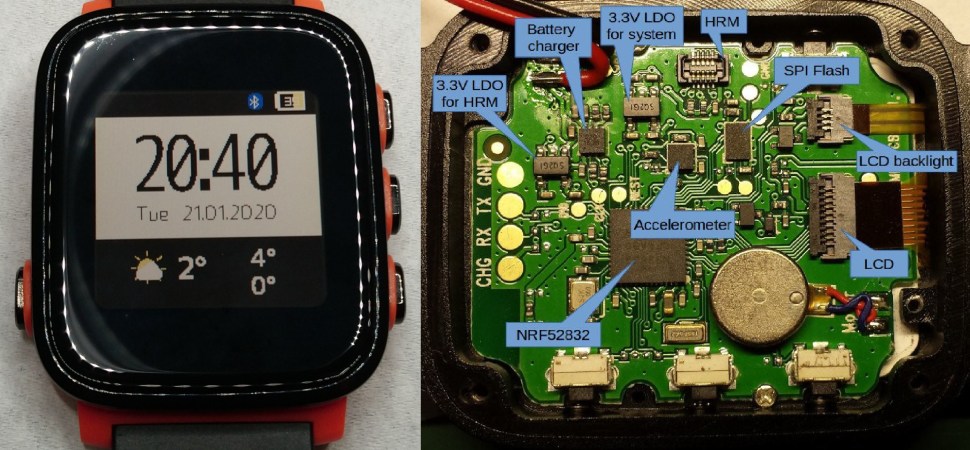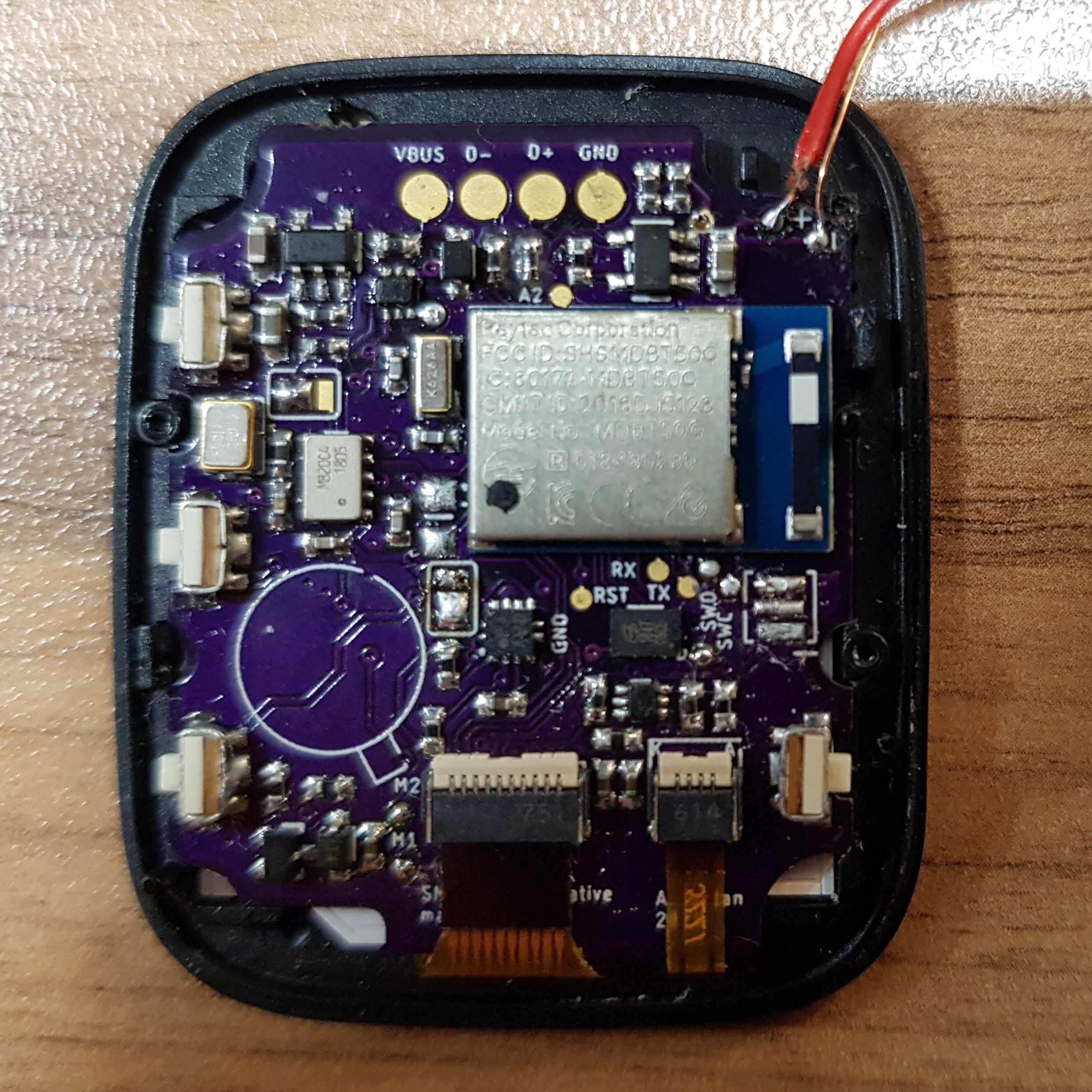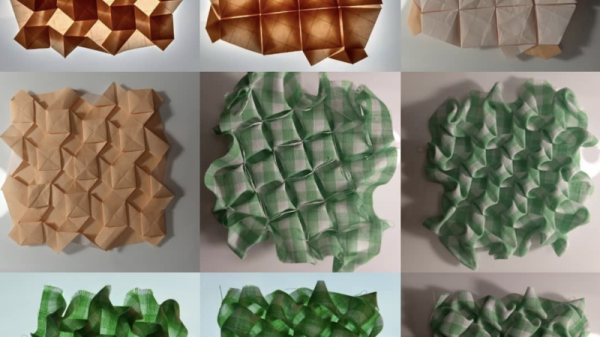While football in the United States means something totally different from what it means in the rest of the world, fans everywhere take it pretty seriously. This Sunday is the peak of U.S. football frenzy, the Super Bowl, and it is surprisingly high-tech. The NFL has invested in a lot of technology and today’s football stats are nothing like those of the last century thanks to some very modern devices.
It is kind of interesting since, at the core, the sport doesn’t really need a lot of high tech. A pigskin ball, some handkerchiefs, and a field marked off with some lime and a yardstick will suffice. However, we’ve seen a long arc of technology in scoreboards, cameras — like instant replay — and in the evolution of protective gear. But the last few years have seen the rise of data collection. It’s being driven by RFID tags in the player’s shoulder pads.
These aren’t the RFID chips in your credit card. These are long-range devices and in the right stadium, a computer can track not only the player’s position, but also his speed, acceleration, and a host of other statistics.




















